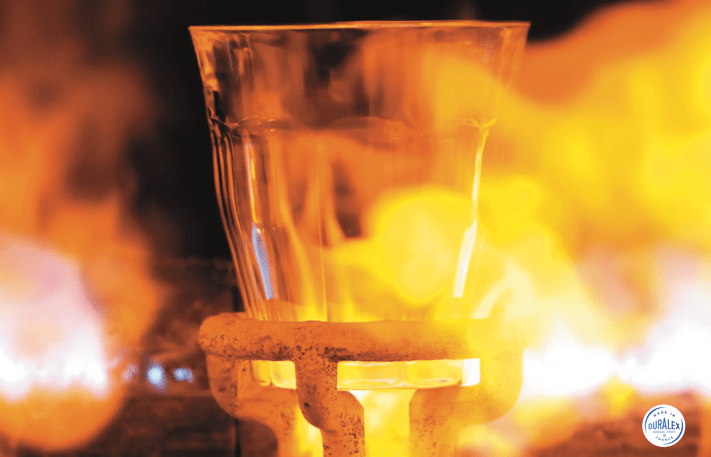
Tempered glass is known worldwide for its unique production process and for its technical characteristics. But not everyone knows how it's created, why those methods are superior, and how tempered glassware differs from other options.
Let's take a quick look at the difference between toughened glassware and tempered glassware.
What Is Tempered Glassware?
Tempered glass is glassware that has been heated to around 1200°F and is quickly cooled by cold air ventilation. This sudden change in temperature creates controlled stress within the glass, improving its physical qualities like resistance to mechanical stress and thermal shock.
What Is Toughened Glassware?
Some glassware manufacturers have introduced a concept called toughened glass. This is a non-tempered option that leaves out all the benefits of tempered glassware. Though production costs are lower, toughened glass doesn't bring any added value to the glassware itself.
What Is the Difference Between Toughened Glassware and Tempered Glassware?
In general, fully tempered glassware is at least two and a half times more resistant than non-tempered glass. Because it is so strong, tempered glass is also used to make windshields for cars. It has a greater mechanical strength and is more resistant to thermal shocks.
In terms of lifespan, fully tempered glassware products last at least 10 times longer than non-tempered glass options. This means tempered glass provides a greater return on investment when compared to other production methods, changing the question from "how a glass breaks" to "how often a glass breaks."
Who Invented Tempered Glassware?
Duralex was the first glassware manufacturer in the world to produce windshield-worthy, tempered glass tableware. In many countries and in many applications, tempered glassware is required by laws or regulations.
Learn more about tempered glassware from the people who invented it. Read the Tempered Glass Discovery Sheet.





